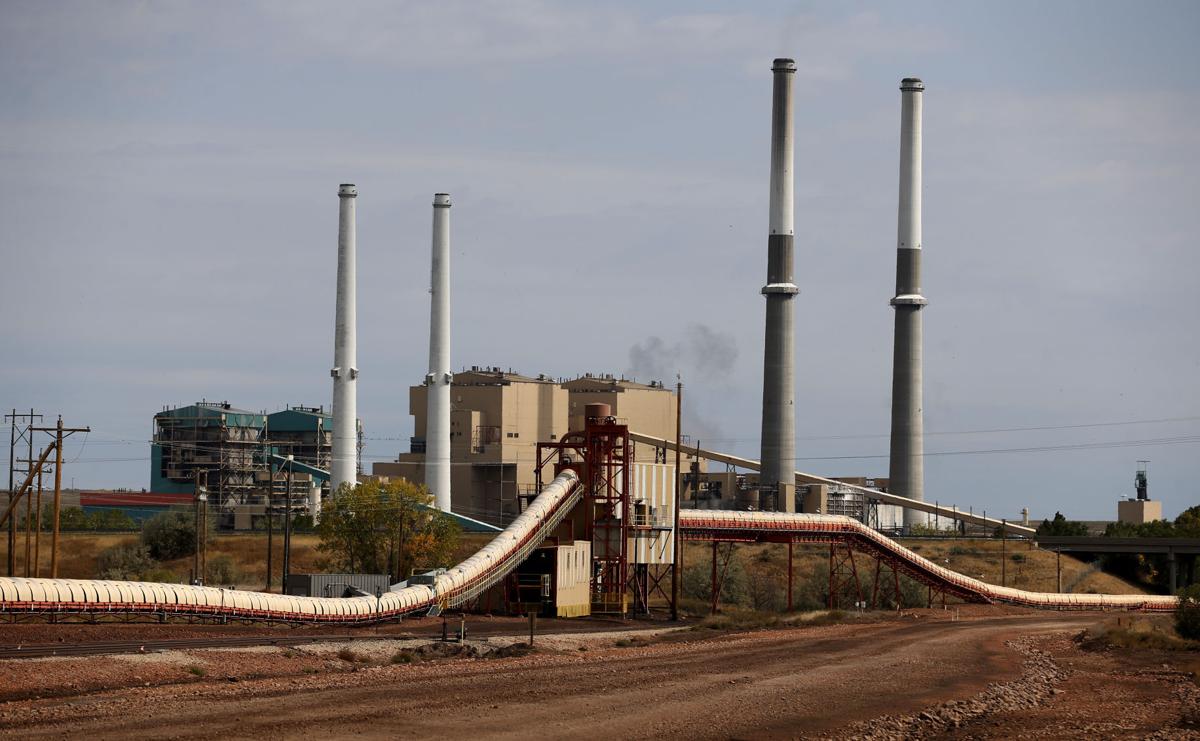This is an op-ed by MEIC’s Ian Lund that was published in papers around Montana.

In most states, a large utility announcing its commitment to achieve net-zero carbon emissions would be a huge win. With average temperatures in Montana having already risen about 2.5 degrees Fahrenheit since 1900, we need ambitious action. However, NorthWestern Energy’s “Net Zero by 2050” announcement rang hollow, because it failed to show the utility was serious about doing its part to address the climate crisis.
Here’s how NorthWestern’s announcement fails:
NorthWestern’s announcement explicitly states that the utility will continue building new fossil fuel power plants and pipelines. NorthWestern intends to build a new methane gas plant in Laurel, Montana, in the next few years and makes no indication it will be their last. The press release states NorthWestern will only cease procuring carbon-emitting resources after 2035.
NorthWestern makes no commitments, promises, or indication that it will invest in renewable energy. Although it credits wind energy as making the net-zero goal feasible, NorthWestern did not reveal any plans to procure additional renewable energy resources. How does NorthWestern intend to become carbon neutral without increasing its carbon-free electric generating capacity, especially as it builds more methane gas plants? When Dominion Energy in Virgina set its sights on a 100% carbon-free portfolio by 2045, it released plans to eliminate 75% of gas plant capacity it was planning to build and quadruple the amount of solar, wind, and energy storage it wanted to acquire.
The announcement did not include plans to retire any existing fossil fuel plants. Despite the fact that Colstrip owners in neighboring states are seeking to unplug from the plant as early as 2025, NorthWestern leadership continues to assume the plant will remain open until 2042. We cannot afford to wait 20 more years to start decarbonizing our energy system. Without retirements and with the additional gas capacity it’s planning, NorthWestern intends to increase its emissions in the next decade, not decrease them.
Finally, NorthWestern Energy failed to include a single benchmark between now and 2050 to measure progress toward its net-zero goal in regards to electricity generation. In contrast, when the Western utility Xcel Energy released its net-zero plan in 2018, it set clear benchmarks for measuring progress, such as committing to reduce its carbon emissions to 80% of 2005 levels by 2030. If NorthWestern leadership is serious about decreasing emissions, the utility should commit to a steady emissions drawdown schedule and not wait until 2050 to determine whether it can meet its goal.
While this announcement is refreshing from a utility that has been historically resistant to address the climate crisis, it leaves a lot to be desired. Personally, I’m looking forward to seeing whether NorthWestern includes a path to net-zero carbon emissions in its next Resource Procurement Plan, which should be issued later this year. That will be the first test of whether NorthWestern is serious about becoming a modern electric utility.
The second test will be whether it cancels its current plan to build a new fleet of methane gas plants, starting with the Yellowstone County Generating Station. Anything less is posturing to sway investors who are increasingly hesitant to invest in utilities that ignore the clean energy economy.
NorthWestern doesn’t have a long time to get this right – the most recent IPCC report projects that if we continue emitting at current levels, we could surpass 1.5ºC global temperature rise as early as the 2030s.
If NorthWestern leadership is serious about “working together to deliver a bright future,” as they say in their plan, I’ve got the first four steps for them right here.
This article was published in the June 2022 issue of Down To Earth.

